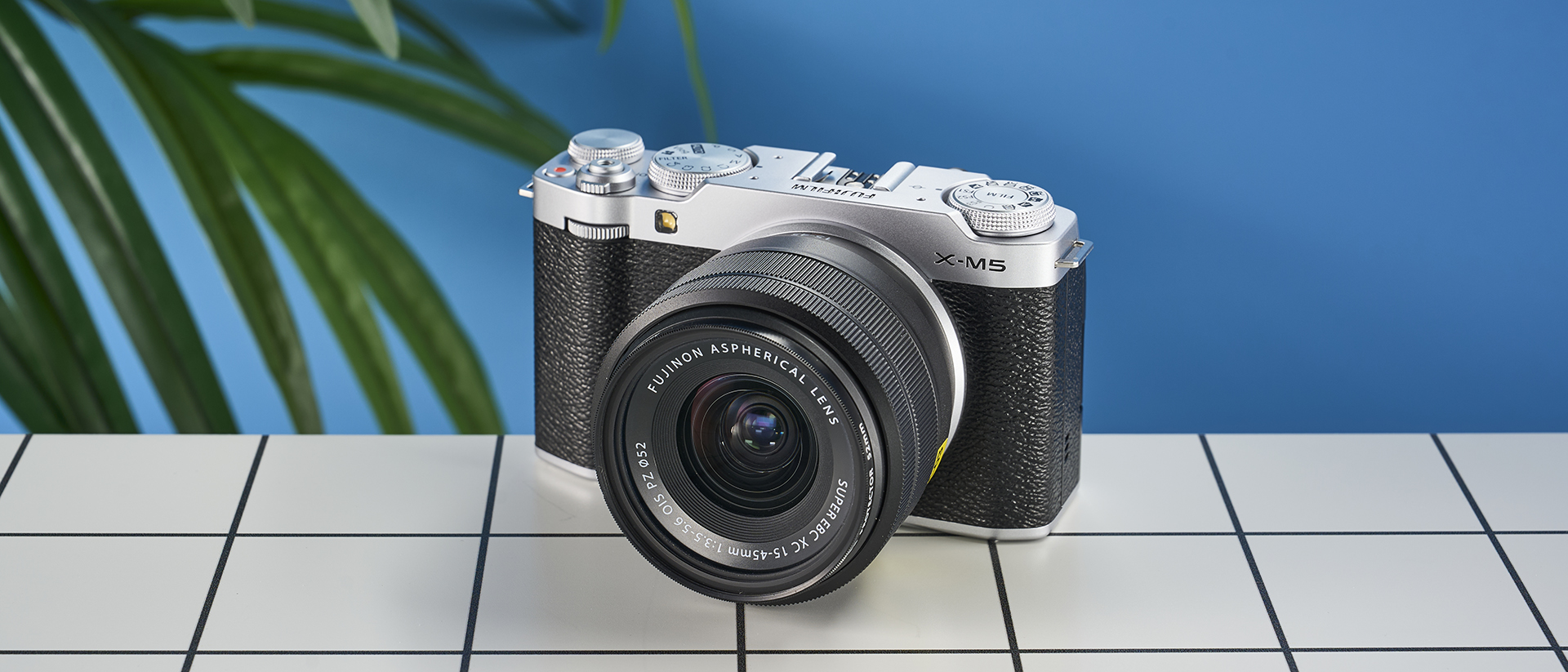Tom's Guide Verdict
The new Fujifilm X-M5 is an excellent vlogging camera that lets you shoot vertical videos without turning the camera on its side, and 6.2K/30P 10-bit footage. Its 26.1MP sensor captures detailed stills, and the camera lets you apply 20 film simulations to both stills and video. But it doesn’t have a viewfinder and there’s no in-body image stabilization.
Pros
- +
Very compact and portable
- +
Dedicated film simulation dial
- +
10-bit 6.2K/30P and 4K/60P video
- +
Vertical recording in landscape orientation
- +
Great value for money
Cons
- -
No viewfinder
- -
No in-body image stabilization
- -
Weak battery
Why you can trust Tom's Guide
If you’re a content creator or vlogger, you need reliable gear that gives you a plethora of features, and a camera that doesn’t break the bank is always welcome, too. The new Fujifilm X-M5 is small but mighty, and don’t let its size fool you — this is a vlogging powerhouse.
The X-M5 boasts pro specs at an affordable price point. Starting at $799, you get the ability to record 6.2K/30P 10-bit or 4K/60P video, vertical footage, and you get a dedicated film simulation dial with 20 nostalgic color profiles. And the best part? This camera is the cheapest and lightest in Fuji’s X Series lineup. Its small body means it’s easy to travel with, and it’s built really well. It does have a couple of drawbacks though.
Does it make the cut as one of the best cameras? Read my full Fujifilm X-M5 review to find out.
Fujifilm X-M5 review: Specs
| Specs | Fujifilm X-M5 |
|---|---|
| Price | Starts at $799 / £799 |
| Sensor | 26.1MP APS-C X-Trans CMOS 4 |
| Processor | X-Processor 5 |
| Stabilization | Digital |
| AF system | Phase- and contrast-detection AF |
| Viewfinder | No |
| Display | 3-inch Color LCD touchscreen, approx. 1.04 million dots |
| ISO range | 80-12,800 (expandable to 80-51,200) |
| Max video resolution | 6.2K at 30P | 4K at 60P |
| Ports | USB-C, Micro-HDMI, 3.5mm external mic, 1x SDXC UHS-I |
| Wireless/Bluetooth | Wi-Fi, Bluetooth |
| Max shooting speed | 30fps electronic | 8fps mechanical |
| Max shutter speed | 30s to 1/4000s (stills) | 1/4000 to 1/24s (movies) |
| Battery life (CIPA) | 330 shots (440 eco mode); 45 minutes (6.2K) |
| Size | 4.4 x 2.62 x 1.49 inches |
| Weight | 10.82oz (body only) |
Fujifilm X-M5 review: Cheat sheet
- What is it? A mirrorless hybrid stills and video camera
- Who is it for? For content creators, vloggers and fans of Fujifilm’s film recipes
- How much does it cost? The Fujifilm X-M5 starts at $799 / £799
- What do we like? It’s very compact and portable, comes with a dedicated film simulation dial, can shoot 6.2K/30P 10-bit and 4K/60P video, supports vertical recording, and it’s fantastic value for money
- What don’t we like? Photographers will miss having a viewfinder, there’s no in-body image stabilization, and battery life is just okay
Fujifilm X-M5 review: Price & availability
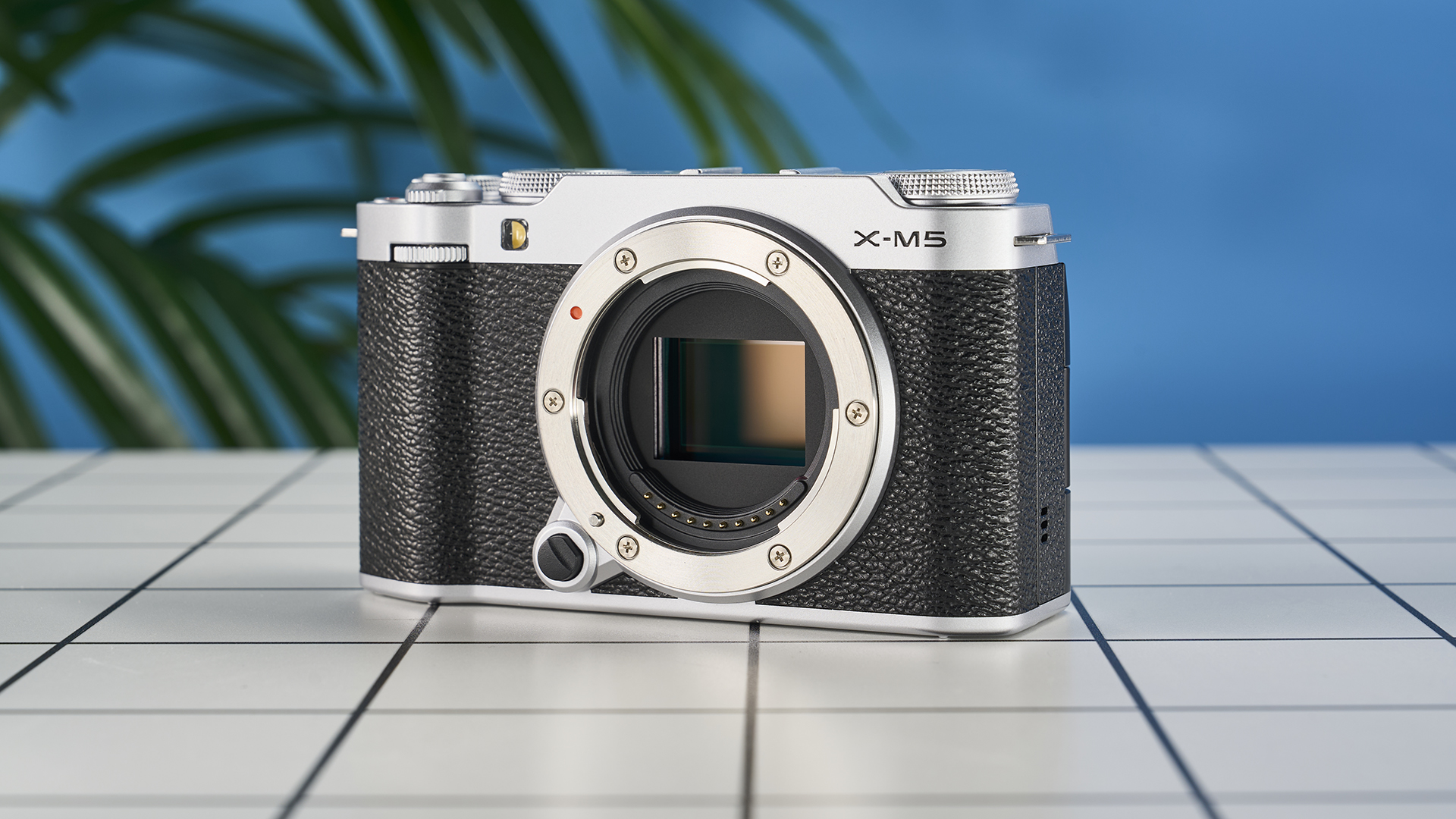
Announced in October and available to buy from 14 November 2024, the Fujifilm X-M5 has a retail price of $799 at Fujifilm U.S. / £799 at Amazon U.K. for the body only. You can also get the kit with the XC 15-45mm F3.5-5.6 OIS PZ lens, which costs $899 at Fujifilm U.S. / £899 at Amazon U.K. The X-M5 is the lightest and cheapest model in the X Series.
As a hybrid stills and video camera, the X-M5 finds itself competing with the likes of the Sony ZV-E10 II ($999), the Canon EOS R10 ($979), the Nikon Z30 ($709), and its own brethren, the Fujifilm X-S20 ($1,299).
Fujifilm X-M5 review: Design
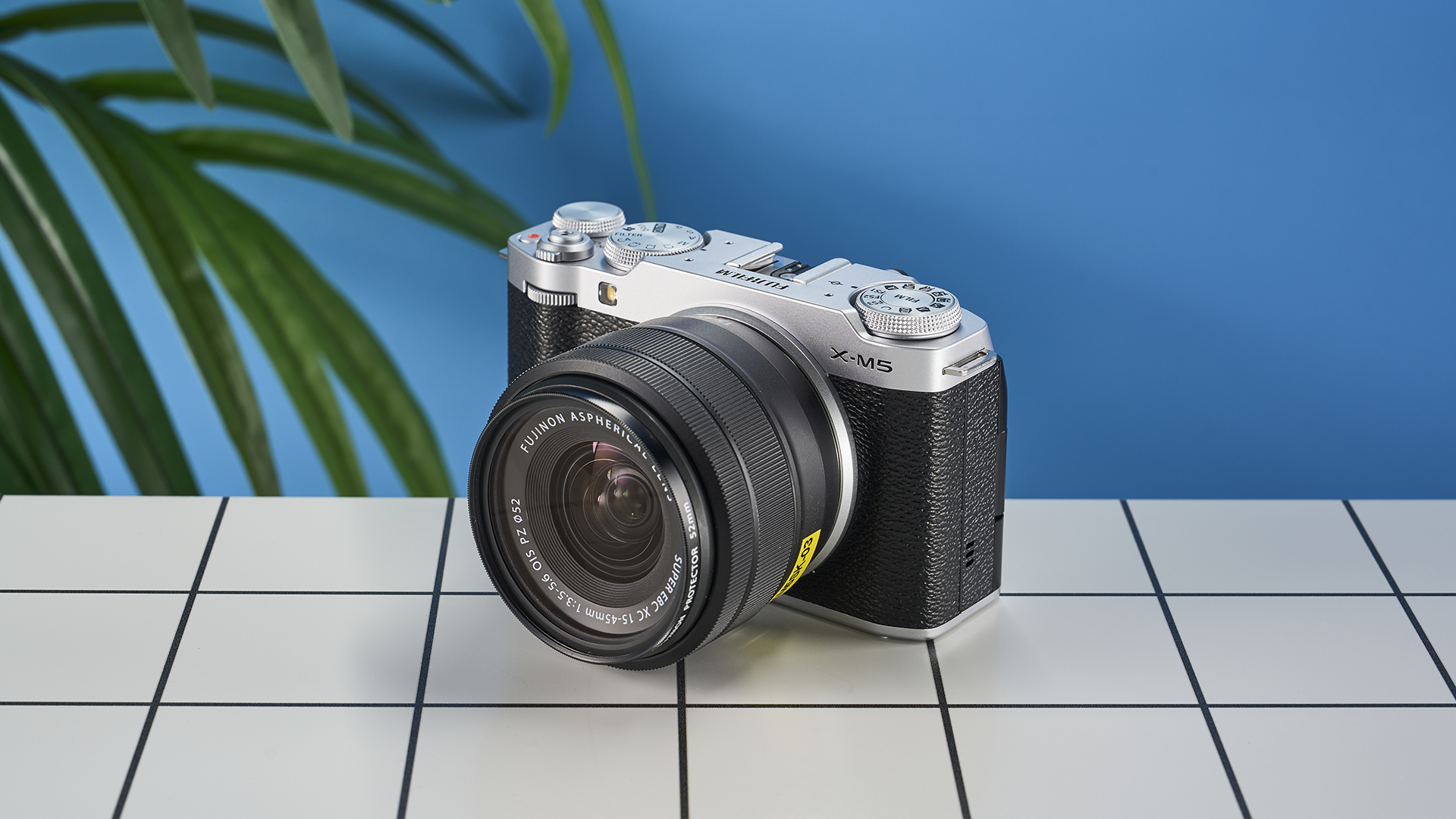
If you’re looking for a camera to travel with, the Fujifilm X-M5 is it. Weighing just 10.82 ounces (without battery), it’s the lightest model in the X Series. It’s seriously small too as it measures 4.4 x 2.62 x 1.49 inches — that’s even smaller than the Sony ZV-E10 II. Unlike bigger cameras, like the Fujifilm X-T50 ($1,399), the X-M5 is too small to host a sizable grip, so instead it has a smaller one that’s not as sculpted. But the camera is comfortable to hold, especially if you have small- or medium-sized hands. The camera looks lovely too, sporting the classic Fujifilm look. Faux leather covers most of the body, and the X-M5 feels and looks premium.
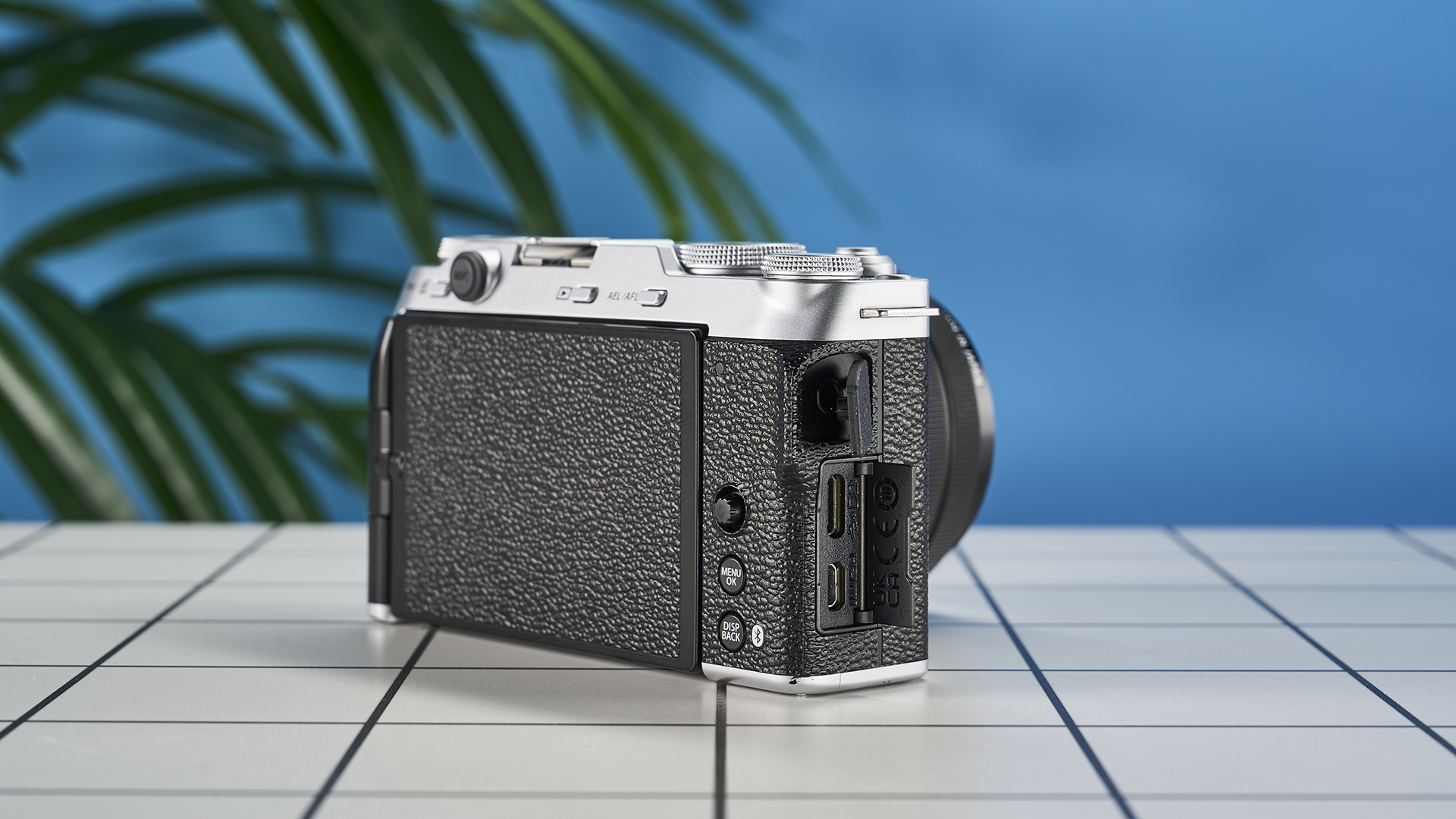
On the bottom plate, you’ll find the battery compartment which also includes the memory card slot, and the tripod screw-in mount. Standard connectivity options located on the right-hand side of the camera include a micro-HDMI port, a USB-C port, and a 3.5mm mic port.
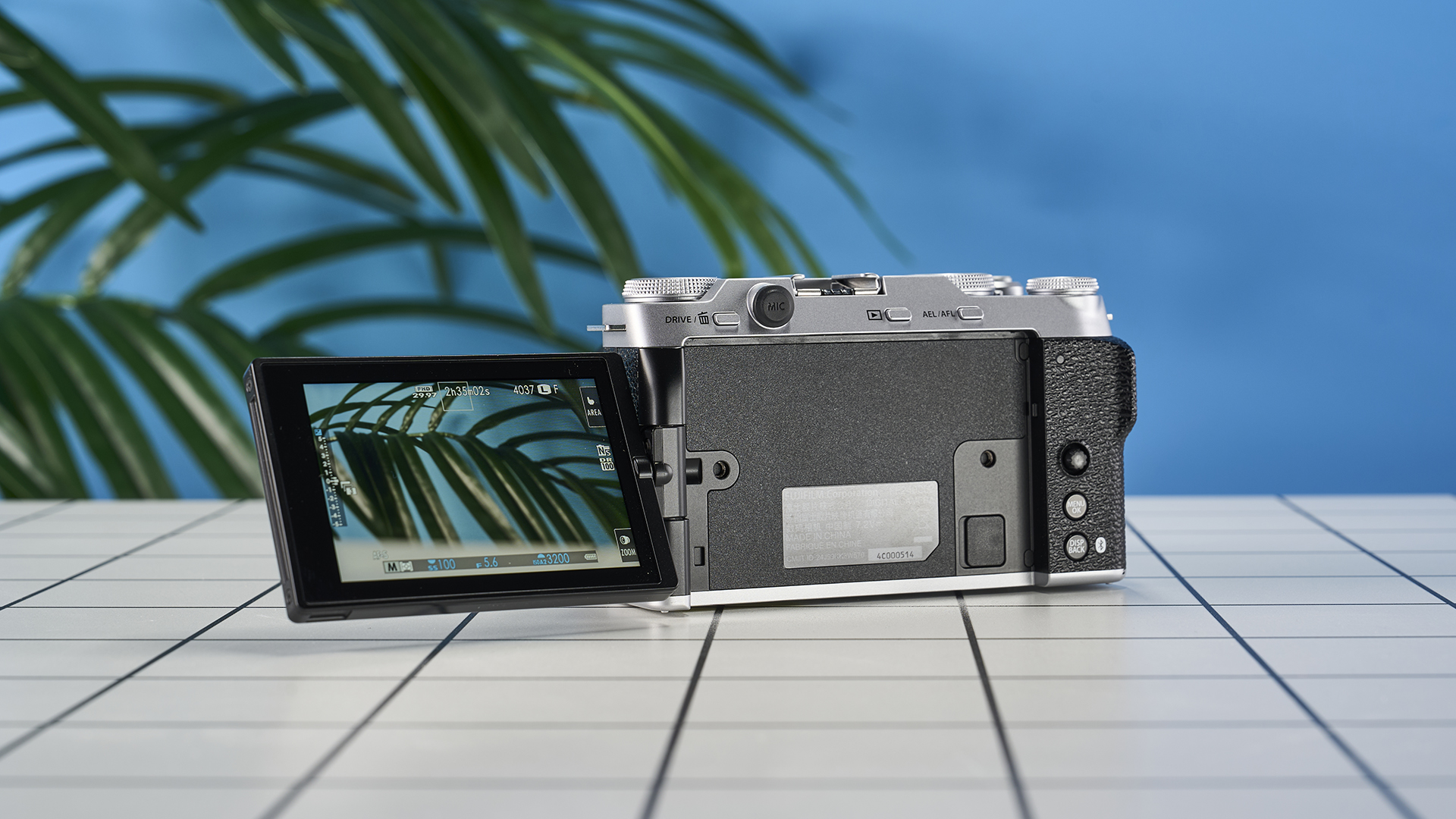
The back of the camera houses the 3-inch fully articulating LCD touchscreen with a 1.04-million dot display. The ZV-E10 II has a similar 1.037 million-dot display, while the Canon EOS R10 has a higher 2.36 million-dot display. The X-M5’s is also the lowest resolution on a X Series camera. That’s to be expected as the X-M5 is, like I said, the cheapest in the line-up. But the screen still works great, and it’s very responsive too. I found its versatile tilting positions really handy while shooting subjects at low angles.
One of my biggest gripes with the X-M5 is the lack of a viewfinder. The camera is pitched at vloggers and content creators, but it has a film simulation dial and boasts good specs for stills too, so I’m surprised that it doesn’t have a viewfinder. This means that you need to rely on the LCD screen to frame your shots. For me, this was an issue when shooting in bright sunlight as I couldn’t always see what the camera was pointing at.
It’s also worth noting that the X-M5 isn’t weather-sealed but that’s to be expected at this price point. The similarly priced ZV-E10 II isn’t either, and neither are the pricier X-T50 and the X-S20.
Fujifilm X-M5 review: Controls
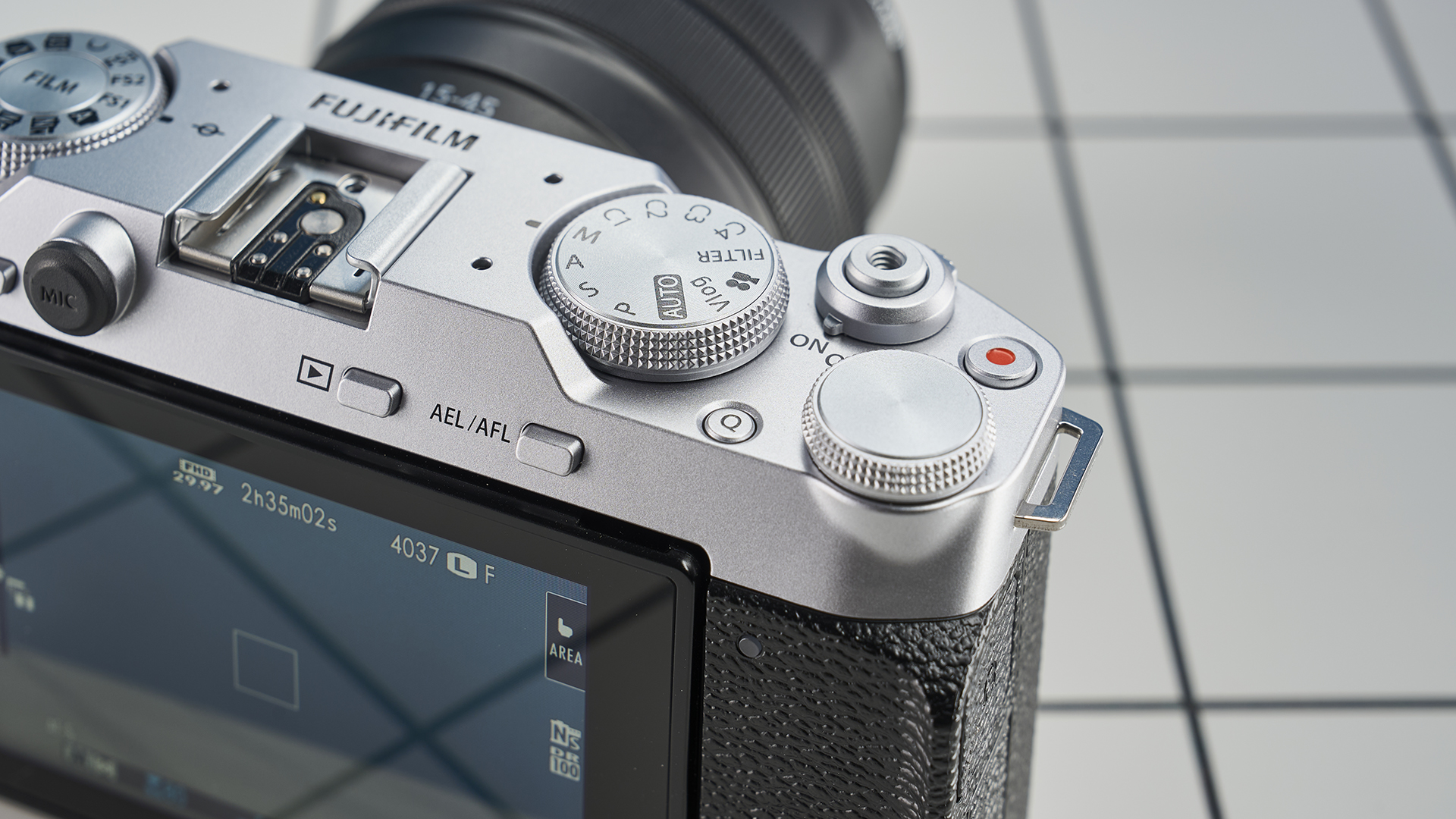
The Fujifilm X-M5’s controls are fairly straightforward and you’ll get used to them quickly. The top plate houses the main controls. On its left is the dedicated simulation dial that lets you choose from 20 nostalgic film recipes, and on the right you have two dials to change the shooting mode and exposure compensation. Situated between these two is the power switch, the top of which doubles as the shutter release button. And if you’re shooting video, the button with the bright red dot on it is the record button.
One thing I complained about when I was testing the X-T50 (which we also hated about its predecessor, the Fujifilm X-T30 II) was the awkward placement of the quick menu Q button. Thankfully, Fujifilm has placed the Q button near the main command dials on the X-M5’s top plate — no more pressing it by mistake.
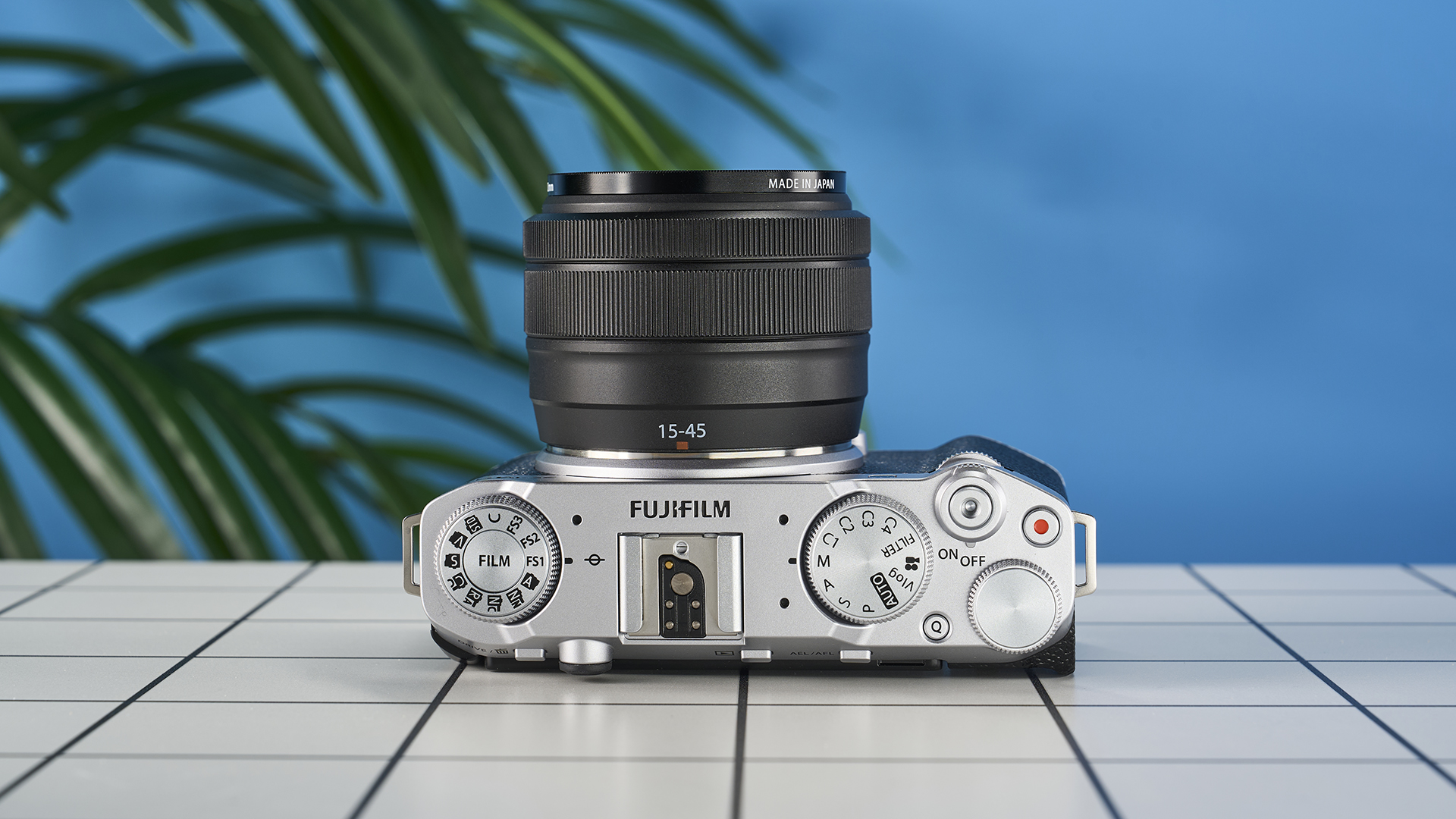
The front command dial lets you control ISO, but this can be reprogrammed to do anything you want. I love its location as, when I was shooting, I could quickly change the exposure compensation with my thumb while changing the ISO with my index finger. On the back of the camera you get a joystick, which is well placed for navigating through menus or changing focal points.
While the controls appear cluttered at first, they quickly become second nature. The X-M5’s menu system is fairly straightforward too and a lot of settings can be changed on the fly via the responsive touchscreen.
Fujifilm X-M5 review: Autofocus performance
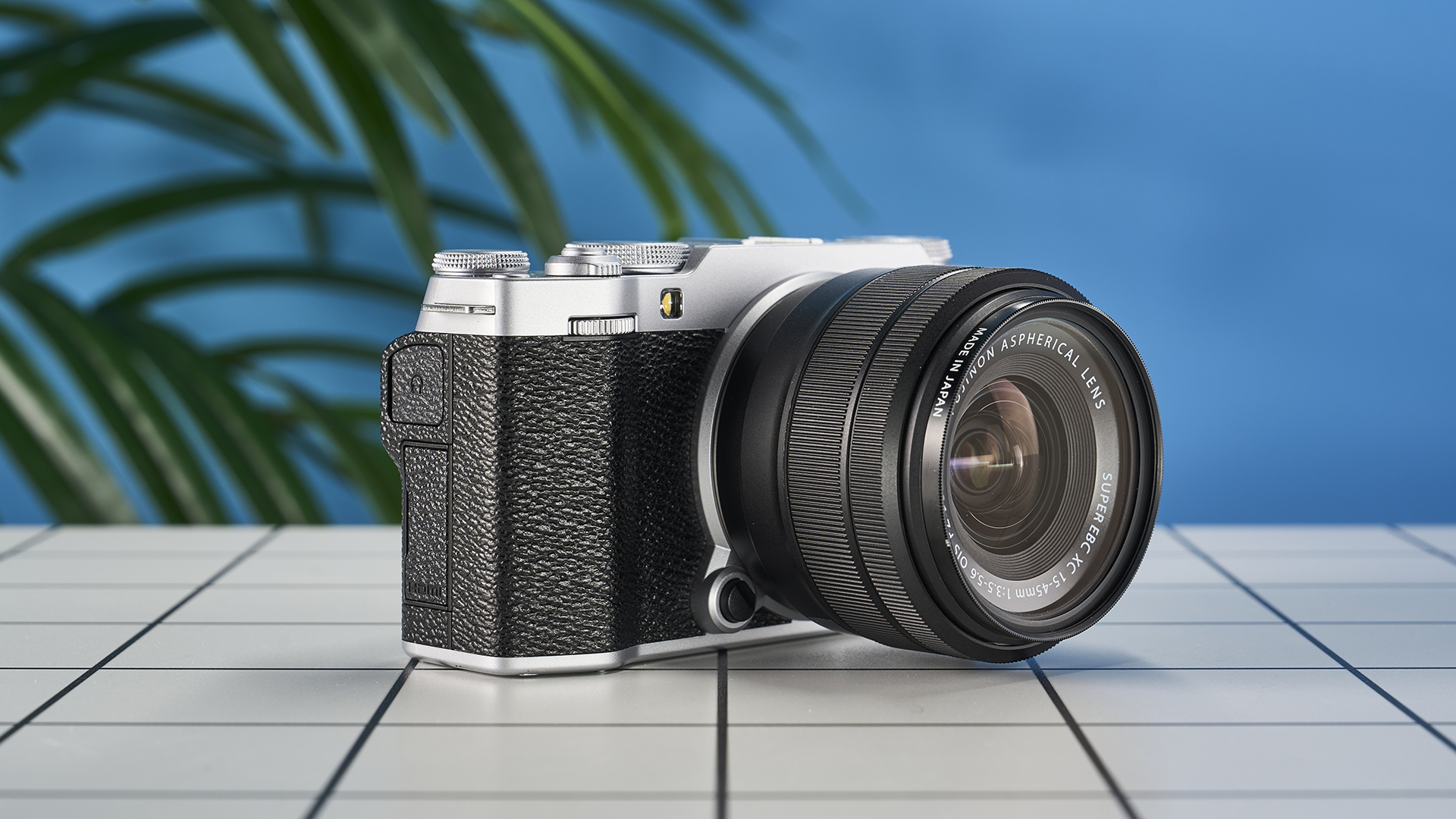
The Fujifilm X-M5 has a hybrid AF system which uses a combination of phase-detection AF for speed and contrast-detection AF for accuracy. The camera uses 425 phase-detection points and 117 contrast-detection points, which are the same as the Fujifilm X-S20’s point counts. This is a lot more than the Nikon Z 30’s 209-point but it pales in comparison to the Canon EOS R50’s ($679) 4,503 points. Regardless, the X-M5’s autofocus works excellently, with the ability to track humans, animals, birds and even motorcycles, planes, trains and cars — the pricier Sony ZV-E10 II, on the other hand, can only track humans, animals and birds.


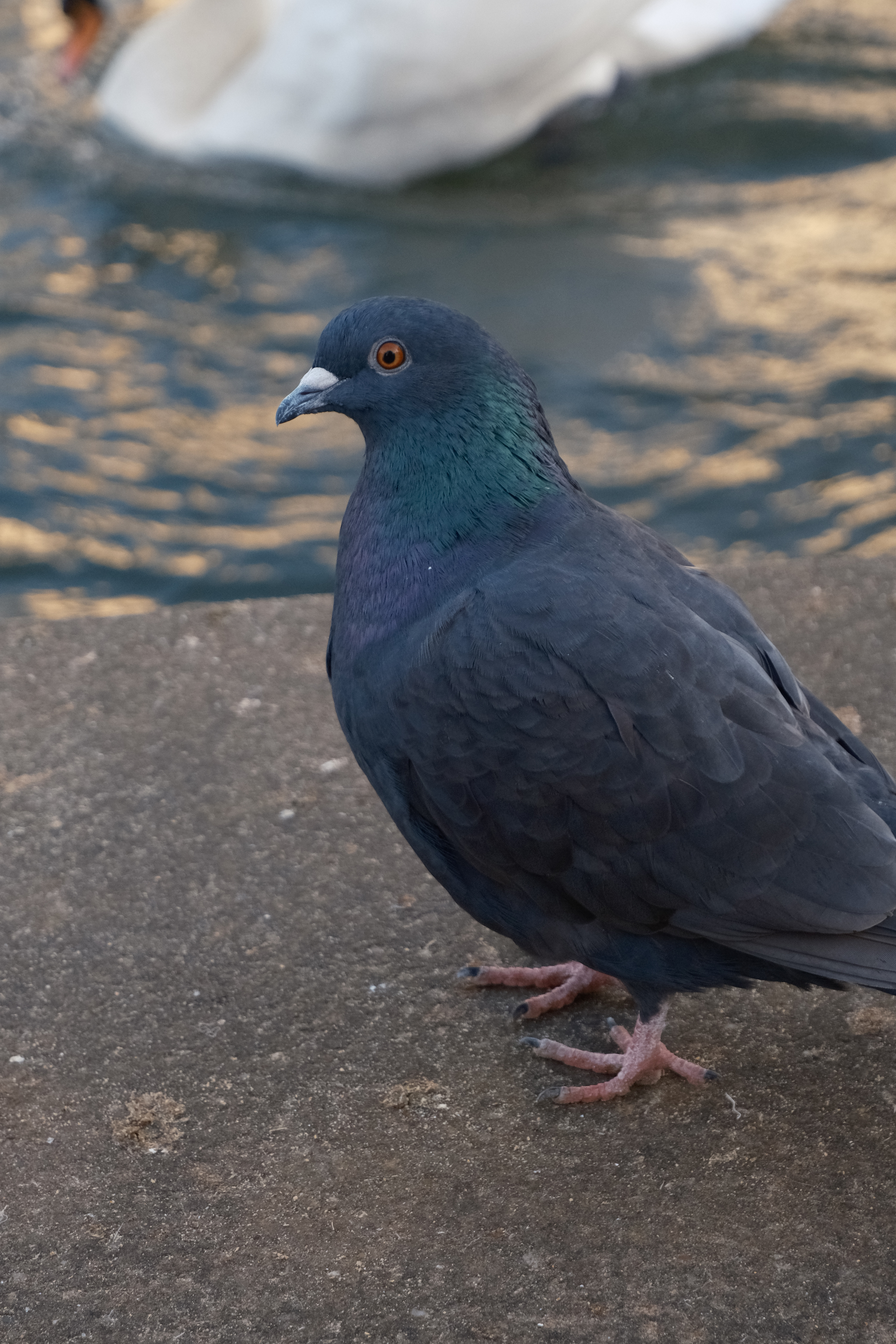
To put the X-M5’s autofocus capabilities through its paces, I took a combination of stills and video. You can see a few examples in the gallery above. The camera quickly locked on to my partner’s and the dog’s faces, and the resulting images are sharp and in focus. The X-M5 features automatic subject detection, and the last photo demonstrates how well it works. I was photographing a big group of birds next to some trees, and the camera had no issue in quickly recognizing that I was pointing the camera at a pigeon right after having shot a photo of a tree. You can also tap the X-M5’s touchscreen or use the joystick to choose the subject you want to focus on, which works like a charm.
The X-M5’s autofocus works really well in video too, as you can see above. It’s a little slow to focus on the pigeon as it enters the frame but once it does, the camera stays locked on to it, even when it moves or my hands shake slightly. And the X-M5 is quick to focus on the swan towards the end too.
Fujifilm X-M5 review: Video performance
The Fujifilm X-M5 boasts some neat video specs. It’s capable of shooting 6.2K video at 30P, and you can see a short compilation of sample footage above. I love how crystal clear all the clips are, and some of the clips also demonstrate how well the hybrid AF works. Low-light performance in video is great too. The camera can shoot 4:2:2 10-bit, which means it’s capable of capturing a wide color gamut with a total of 1.07 billion individual hues.
In addition to being able to shoot 6.2K footage, the X-M5 also gives you the ability to shoot 4K at 60P, and you can see some clips above. Quality, again, is fantastic.
For those who like to share their footage in the form of YouTube Shorts or Instagram Reels, the X-M5 lets you shoot 15s, 30s and 60s videos in the 9:16 format without having to tilt the camera on its side. Combine this with the ability to add film simulations to videos and you’ve got videos you can quickly share online without the need for much work in post-production.
If you want more creative control, the X-M5 can shoot in F-Log and F-Log2. The latter can capture up to 13 stops of dynamic range. I recorded some footage in F-Log2 and color graded it in Abode Premiere Pro, and you can see this above.
It’s important to note that the X-M5 doesn’t have in-body image stabilization (IBIS) and instead uses electronic stabilization which works well but adds a 1.32x to 1.44x crop to the footage, limiting the angle of view. Electronic stabilization works by recording the whole frame, then cropping the recorded frames and using the extra space provided by the crop to line up successive frames and ostensibly counteract movement.
You can see the difference in the video above, where the first clip was shot without any stabilization, while the second was shot with both digital image stabilization (DIS) and optical image stabilization (OIS) enabled. The second clip is much smoother and more stable but it’s heavily cropped. The kit lens is OIS-enabled which reduces camera shake caused by horizontal or vertical movement. It doesn’t have a manual OIS toggle and you can’t switch it off via the camera settings either, so I wasn’t able to shoot with just DIS.
Shooting with just OIS doesn’t yield a crop, however, so it makes footage slightly more stable without any drastic cropping. You can see the difference in the video above: the first clip was shot with no stabilization enabled, the second with OIS enabled, and the third with OIS and DIS enabled. If you want IBIS, you’ll have to spend extra on the X-S20.
Fujifilm X-M5 review: Audio performance
The Fujifilm X-M5 features a wind filter and three internal directional mics as opposed to just two on the X-S20. Via touch controls, you can choose to record surround sound, front or back priority, or front and back priority. You can hear a sample audio clip above, which was recorded with the setting set to surround, and it sounds clear and has isolated my voice well. It’s still worthwhile investing in one of the best microphones, especially as you start to vlog more, but if you can’t afford a mic yet the X-M5’s internal ones should suffice when starting out.
Fujifilm X-M5 review: Image quality
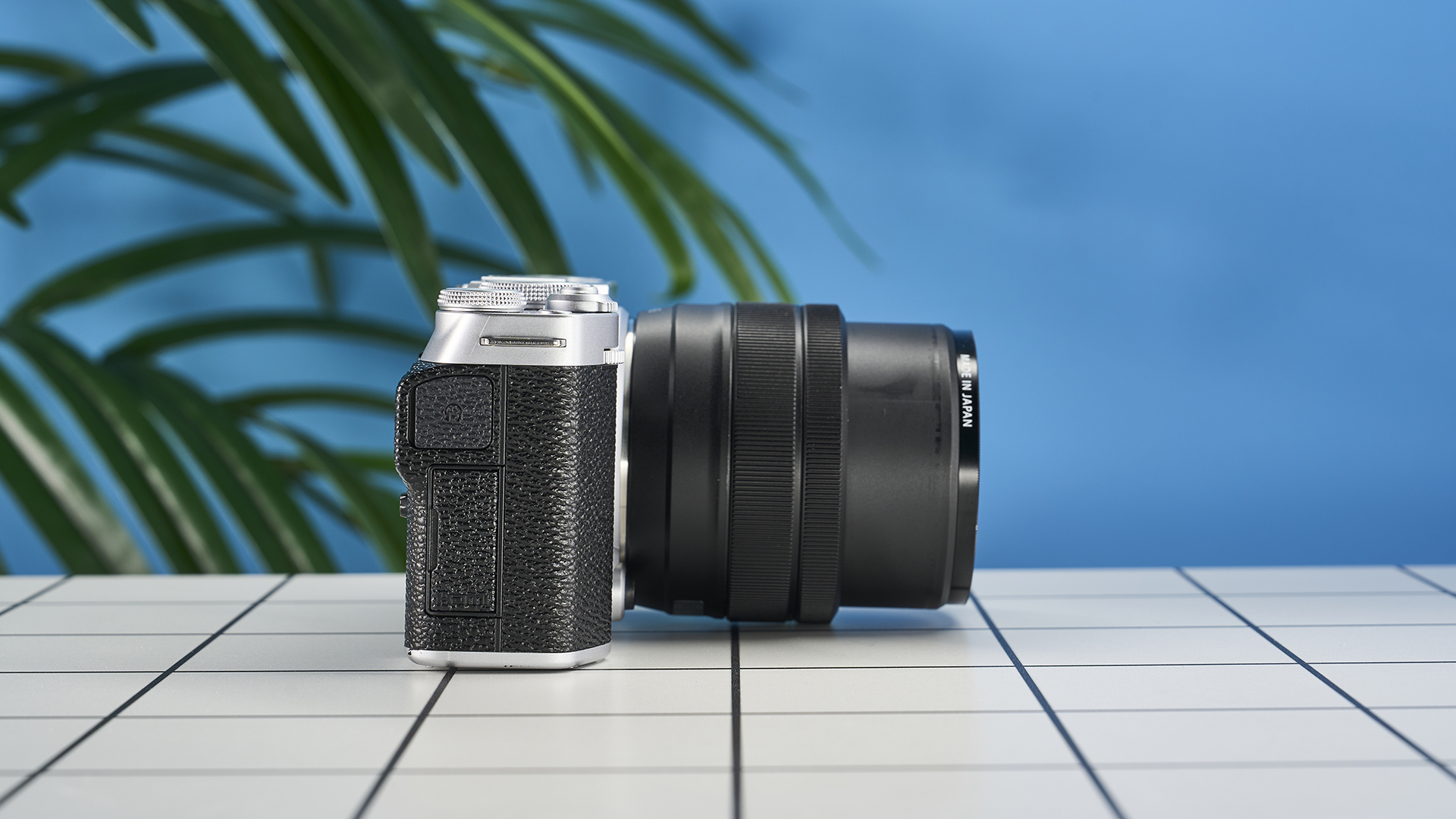
Similar to the pricier Fujifilm X-T50 and the X100VI, the X-M5 uses Fuji’s latest X-Processor 5 image processor, albeit with the older 26.1MP APS-C X-Trans CMOS 4 sensor instead of the latest 40MP X-Trans CMOS 5 HR sensor. 26MP is a similar resolution to the Sony ZV-E10 II and the X-S20 (both 26MP), and it’s a higher resolution than the Nikon Z 30 (20.9MP). The X-M5 has a respectable 30fps shooting rate using electronic shutter (with a 1.25x crop) while the mechanical shutter will net you 8fps. The X-M5 isn’t a blistering sports or wildlife camera, but these rates are good enough for street or portrait photography.

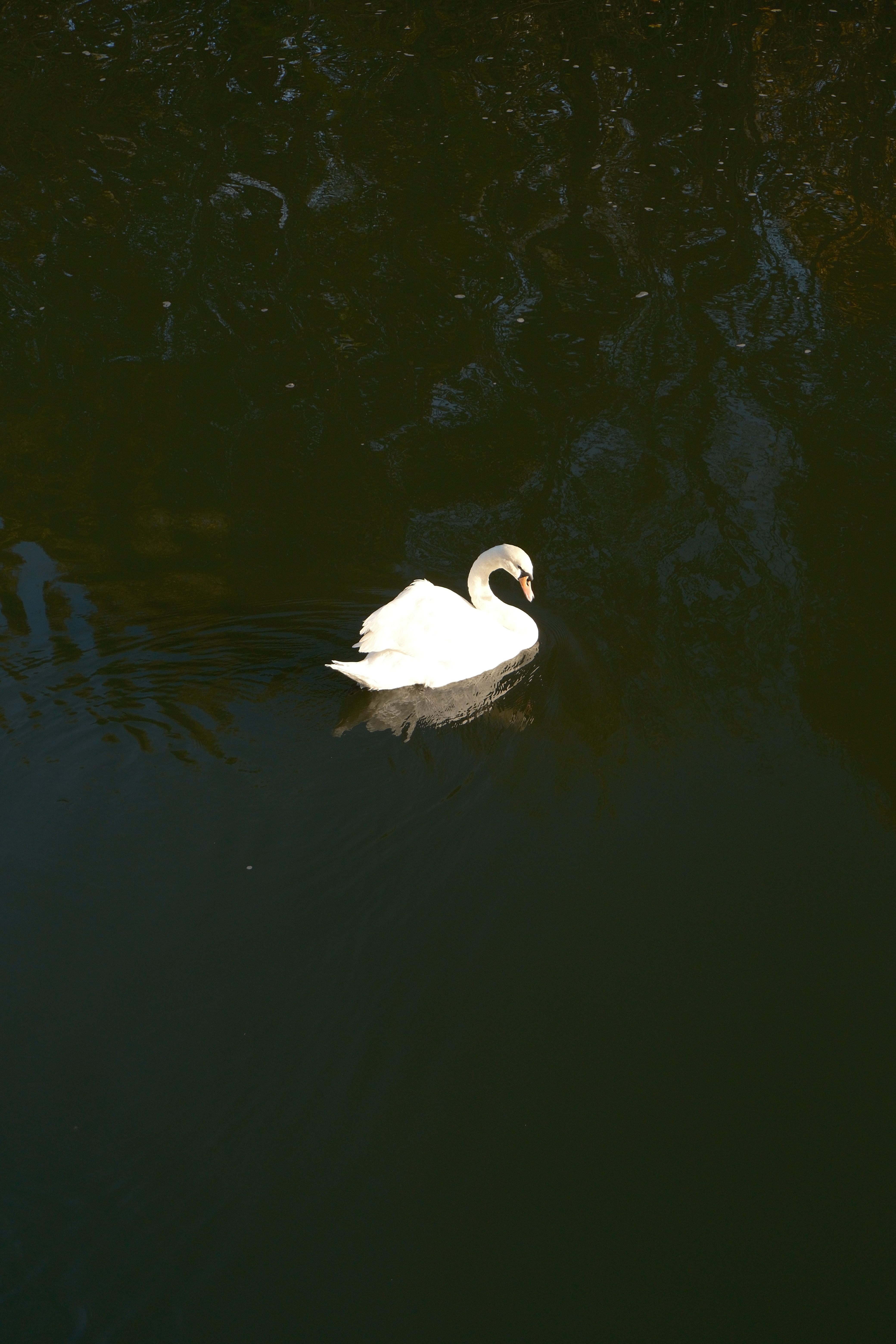



When I was testing the X-T50, the introduction of the dedicated film simulation dial was one of my favorite features, so I was happy to see it return on the X-M5. The new camera offers 20 different recipes so there’s something for everyone and for every shooting condition. Nostalgic Neg, which makes photos look (you guessed it) nostalgic, is one of my favorite recipes, and I love Velvia/Vivid too. After shooting with these film recipes, it’s always hard to go back to shooting without them.
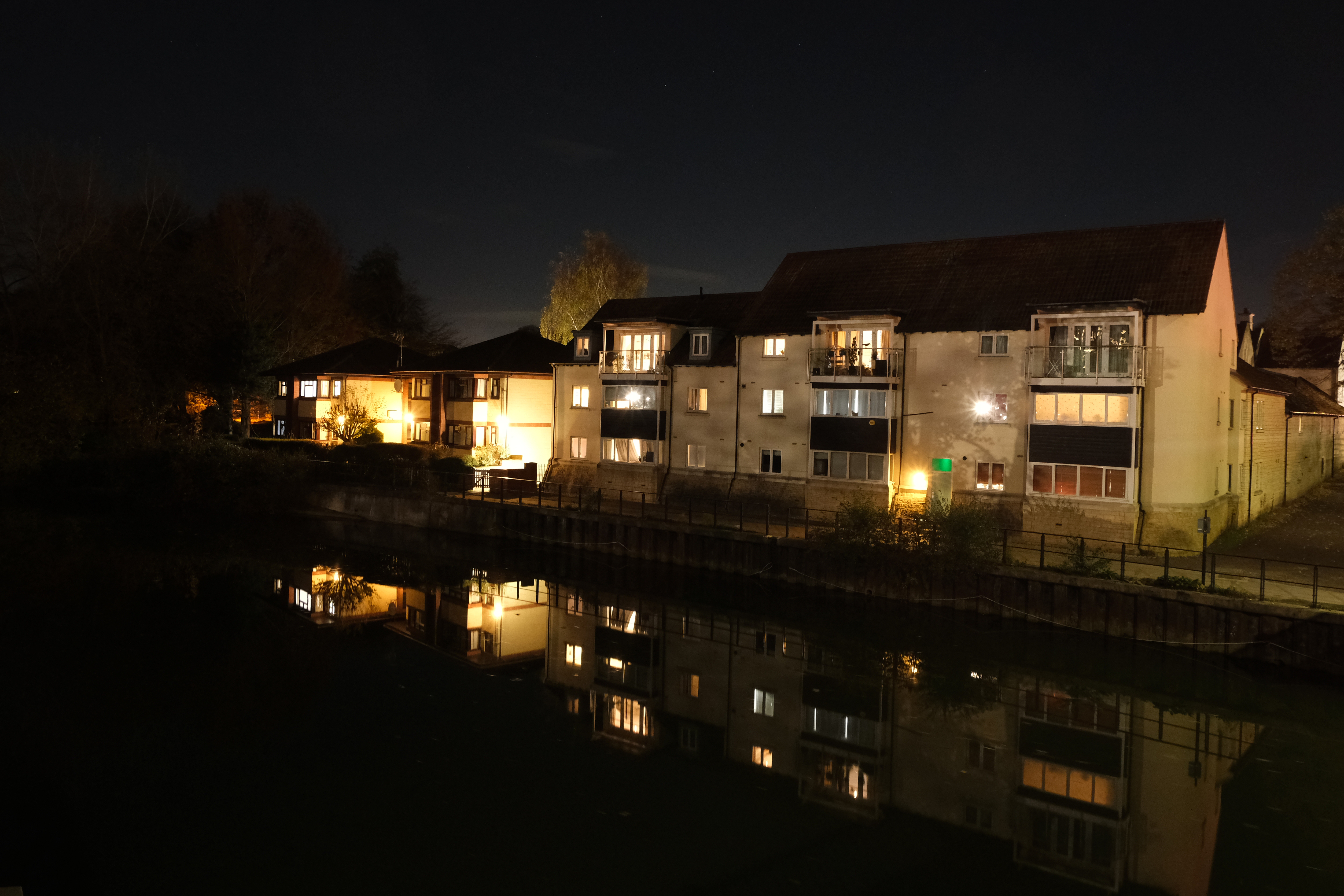
If you like shooting in the dark, you’ll be happy with the X-M5’s low-light performance too. With no IBIS, you’ll of course need a tripod to get the best results if you’re shooting at slower shutter speeds in the dark. The photo above was shot with a 2s shutter speed, and I placed the camera on a flat surface to avoid camera shake.


The camera has an ISO range of 80-12,800 which is expandable to 51,200. The images above were shot at ISO6,400 and are the same photo — the first image in the gallery is a JPEG export of the RAW file, while the second is the straight-out-of-camera (SOOC) JPEG. Noise starts to creep in here, as you can see on the Funko Pop’s forehead and the table, but it isn’t enough to ruin the image. The X-M5’s in-built noise reduction has done well to smooth out noise in the second photo. There is a slight loss in sharpness but nothing too major.


Shooting at ISO 12,800 is where images start to lose sharpness, and you can see examples in the gallery above. The first image is a JPEG export of the RAW file and the second is the SOOC JPEG (exposure lifted to reveal shadow detail). In the second photo, there’s a loss of fine detail and the image is blurred by the camera’s noise suppression. A sensor of this size will struggle to keep the noise down, so take this into consideration before buying this camera.
Fujifilm X-M5 review: Battery life
Like the Fujifilm X-T50 and the X100VI ($1,599), the X-M5 is equipped with a NP-W126S battery with a 330-shot CIPA rating — 440 when shooting in eco mode — and 45-minute CIPA rating when shooting 6.2K video. It’s not as long-lasting as the NP-W235 used by the Fujifilm X-S20 but for the lower price, it’s good enough.

In my testing, the X-M5 was able to take nearly 350 shots (not in eco mode) before dying. As for video, the X-M5’s video battery life is similar to that of the Sony ZV-E10 II (40 minutes in my testing). The X-S20, on the other hand, should last you up to 85 minutes when shooting 6.2K.
Indoors, I was able to use the camera for approximately 40 minutes constantly when shooting 6.2K/30P before it overheated and needed to be shut down. I then shot in 4K/60P indoors to see how the battery life fared, and the camera recorded 51 minutes of footage with two short periods of overheating — first at 18 minutes and the second at 30 minutes — but they weren’t drastic.
The good news is that you can buy a bolt-on fan ($199) separately to stop overheating if you want to shoot for longer.
Fujifilm X-M5 review: Verdict
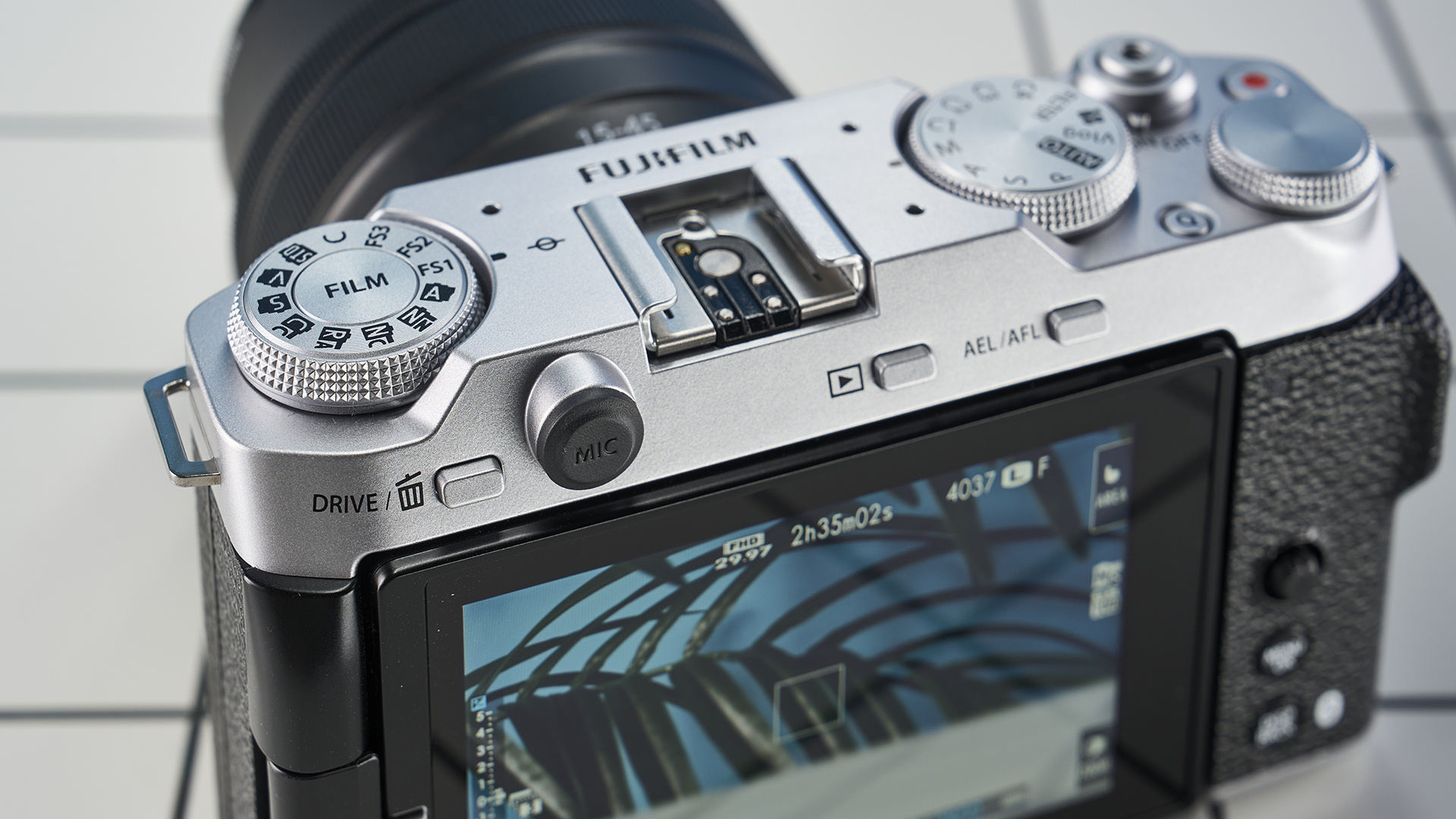
Fujifilm’s latest offering packs a wallop, bringing fantastic video features to content creators at a more accessible price point. The X-M5 impresses on a lot of fronts. You get the ability to capture detailed 6.2K/30P and 4K/60P video, and you can also shoot 15s, 30s or 60s vertical footage without turning the camera on its side. The film simulation dial lets you apply one of 20 effects to both stills and video, and the ability to shoot in F-Log2 (which captures up to 13 stops of dynamic range) means you have a lot of control in post-production.
Photographers will miss having a viewfinder though, as the absence of it means you have to rely on the LCD screen so it can be difficult to frame shots in very bright conditions. Also, the X-M5’s electronic stabilization adds a crop to footage.
But at the end of the day, the X-M5 is a very easy camera to recommend for its hybrid AF system, 6.2K/30P video, and film simulation dial. This is the camera to capture beautiful moments with.

Nikita is a Staff Writer on the Reviews team at Tom's Guide. She's a lifelong gaming and photography enthusiast, always on the lookout for the latest tech. Having worked as a Sub Editor and Writer for Canon EMEA, she has interviewed photographers from all over the world and working in different genres. When she’s not working, Nikita can usually be found sinking hours into RPGs on her PS5, flying a drone (she's a licensed drone pilot), at a concert, or watching F1. Her work has appeared in several publications including Motor Sport Magazine, NME, Marriott Bonvoy, The Independent, and Metro.
